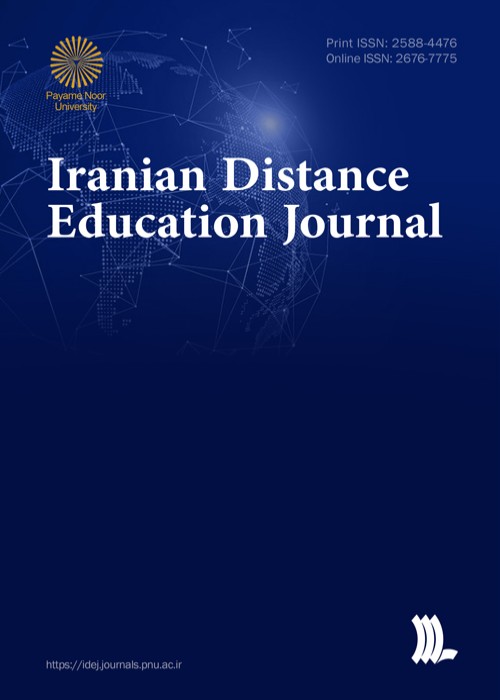Evaluation of the Role of Critical Thinking Disposition and Academic Self-efficacy in Acceptance of e-learning by Tenth-grade Male Students in Experimental Sciences and Mathematics Disciplines
Given the growing importance of the use of novel technologies, especially in the field of education, and with regard to the necessity of learning the use of e-learning by community members, specifically students, the present study aimed to evaluate the role of critical thinking disposition and academic self-efficacy in the acceptance of e-learning by students. This was a descriptive survey research, and the statistical population (n=1289) included tenth-grade male students in experimental sciences and mathematics disciplines in Mashhad, Iran. In total, 288 students were selected by cluster sampling method and based on the Morgan table. Data were collected using Morgan and Jing Academic Self-Efficacy Scale (MJSES) (1999), Ricketts' Critical Thinking Disposition Questionnaire (2003), and Technology Acceptance Model by Davis and Bagozzi (1989). Notably, the instruments had confirmed validity and reliability. Data analysis was performed in SPSS version 20 using Pearson’s correlation coefficient and stepwise regression. The research question was “do critical thinking disposition and academic self-efficacy play a role in acceptance of e-learning by tenth-grade male students in experimental sciences and mathematics disciplines?” According to the results, critical thinking disposition and academic self-efficacy significantly predicted students’ acceptance of e-learning. In fact, the variable of critical thinking disposition had a share of 0.068 in the amount of acceptance of e-learning in a significant way and based on the standardized beta coefficient. Therefore, this concept can be used as a predictor of e-learning acceptance. Therefore, it is suggested that these skills be reinforced in students by families, principals, teachers and educational authorities to improve the acceptance of new educational innovations and enhance students’ academic achievement.
- حق عضویت دریافتی صرف حمایت از نشریات عضو و نگهداری، تکمیل و توسعه مگیران میشود.
- پرداخت حق اشتراک و دانلود مقالات اجازه بازنشر آن در سایر رسانههای چاپی و دیجیتال را به کاربر نمیدهد.



